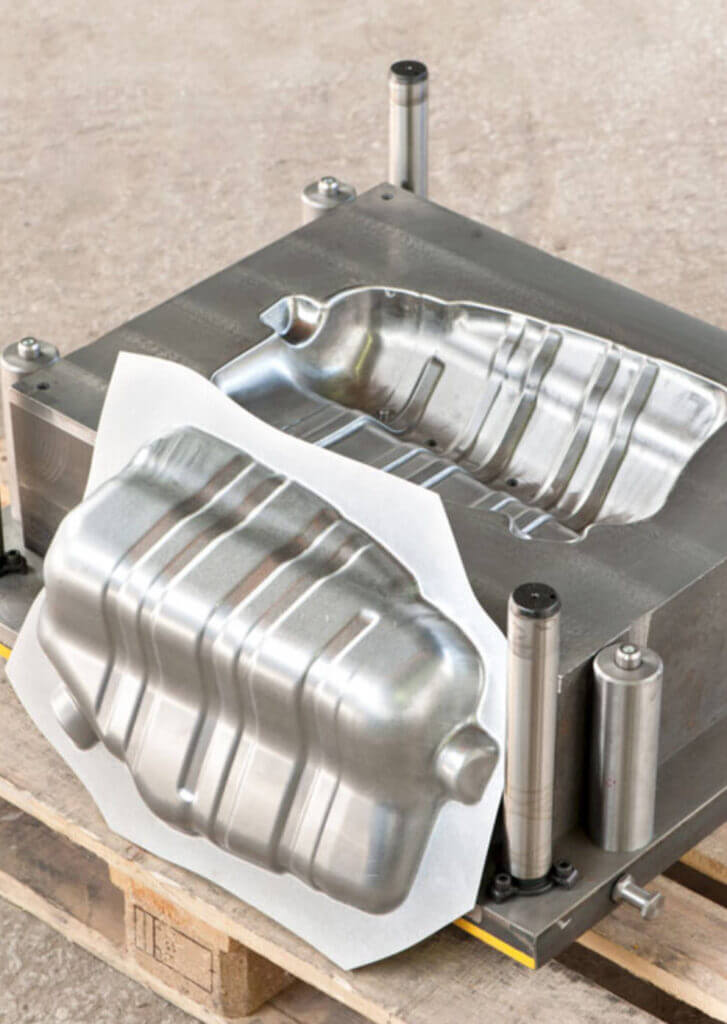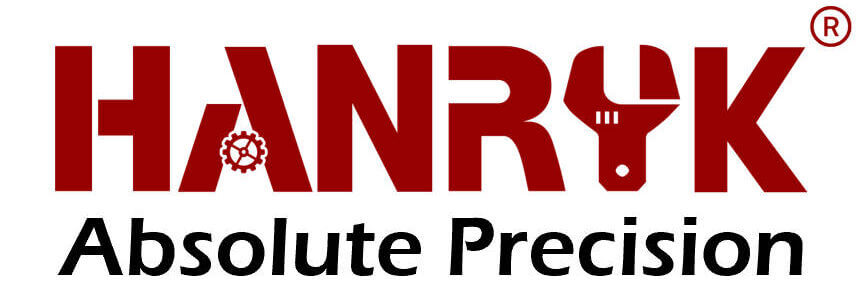Die Casting vs. Investment Casting: Which is Right for Your Project?
- by Hanryk® Team
- Janurary 10, 2022
Die casting and investment casting are two popular methods of producing metal parts, but how do you know which one is right for your project? In this article, we’ll take a closer look at these two casting methods, comparing their advantages and disadvantages, as well as examining data and charts related to their use.

Die Casting:
Die casting is a high-volume, high-pressure metal casting process that is ideal for producing complex, high-precision parts. This process involves injecting molten metal into a mold under high pressure, allowing the metal to solidify and take on the shape of the mold. The resulting part is then removed from the mold, typically with the use of ejector pins.
Advantages of Die Casting:
Die casting offers several advantages over other casting methods, including:
- High Precision: Die casting is ideal for producing complex, high-precision parts with tight tolerances.
- High Production Rates: Die casting is a high-volume production method, with the potential to produce large quantities of parts quickly and efficiently.
- Consistent Quality: Die casting produces parts with consistent quality, ensuring that every part is virtually identical to the last.
- Wide Range of Materials: Die casting can be used with a wide range of materials, including aluminum, zinc, and magnesium alloys.
Disadvantages of Die Casting:
Despite its many advantages, die casting also has some potential disadvantages, including:
- High Tooling Costs: Die casting molds can be expensive to produce, which can add to the overall cost of the production process.
- Limited Size and Weight: Die casting is not ideal for producing parts that are very large or heavy, as the high pressure required for the process can make it difficult to create molds for larger parts.
Investment Casting:
Investment casting, also known as lost-wax casting, is a metal casting process that is typically used to produce parts with complex geometries and fine details. This process involves creating a wax pattern of the desired part, then covering the pattern in a ceramic shell. The wax is then melted out of the shell, leaving behind a cavity in the shape of the desired part. Molten metal is then poured into the cavity, creating the final part.
Advantages of Investment Casting:
Investment casting also offers several advantages over other casting methods, including:
- High Precision: Investment casting is ideal for producing parts with complex geometries and fine details.
- Wide Range of Materials: Investment casting can be used with a wide range of materials, including aluminum, brass, and steel.
- No Draft Required: Investment casting does not require draft angles, which can simplify the design process and reduce the overall production time.
Disadvantages of Investment Casting:
Despite its advantages, investment casting also has some potential disadvantages, including:
- Limited Production Rates: Investment casting is a slower process than die casting, which can make it less suitable for high-volume production runs.
- Higher Cost: Investment casting can be more expensive than other casting methods, due to the additional steps required in the process.
Comparing Die Casting and Investment Casting:
To compare die casting and investment casting, let’s take a look at some data and charts related to each process. According to industry data, die casting is the most widely used casting method, accounting for approximately 50% of all castings produced worldwide. By comparison, investment casting accounts for approximately 15% of all castings produced.
In terms of material selection, both die casting and investment casting can be used with a wide range of materials, but die casting is typically used with aluminum, zinc, and magnesium alloys, while investment casting is often used with stainless steel and other high-strength alloys.
When it comes to production rates, die casting is generally faster than investment casting. Die casting can produce up to hundreds of thousands of parts per day, while investment casting is typically limited to a few hundred parts per day. This makes die casting a better choice for high-volume production runs, while investment casting is better suited to smaller production runs and more complex parts.
As for cost, die casting typically requires higher tooling costs due to the need to create a mold for the process. Investment casting, on the other hand, requires the creation of a wax pattern, which can be more time-consuming and expensive. However, because investment casting does not require draft angles, it can be more cost-effective for parts with complex geometries.
Ultimately, the choice between die casting and investment casting will depend on a variety of factors, including the desired material, part complexity, production volume, and budget. Die casting is generally best for high-volume production runs of parts with tight tolerances, while investment casting is better suited to smaller production runs of complex parts.
In conclusion, both die casting and investment casting are viable options for producing metal parts, each with its own set of advantages and disadvantages. By carefully considering the specific needs of your project and the data and charts related to each process, you can make an informed decision about which casting method is right for you.

